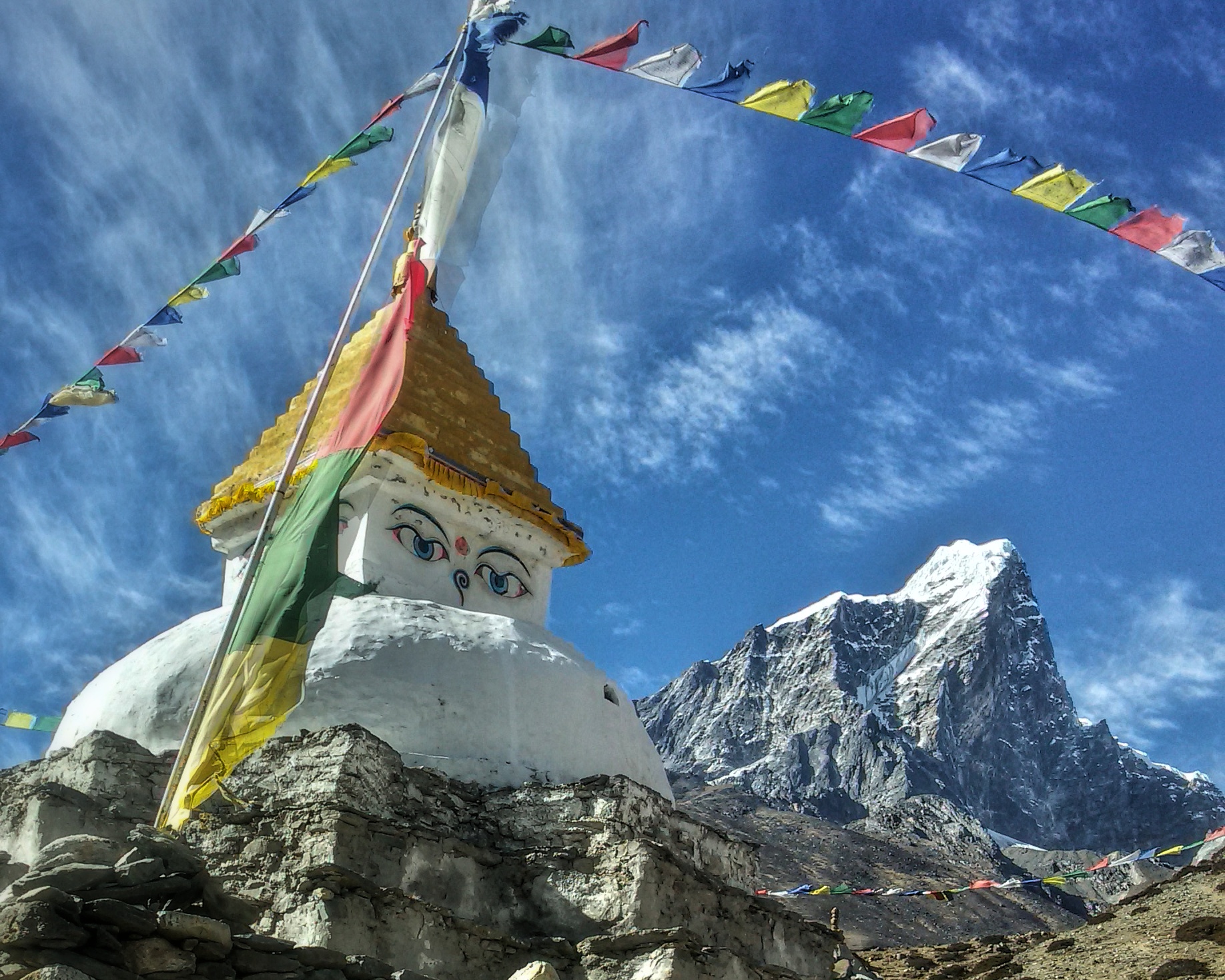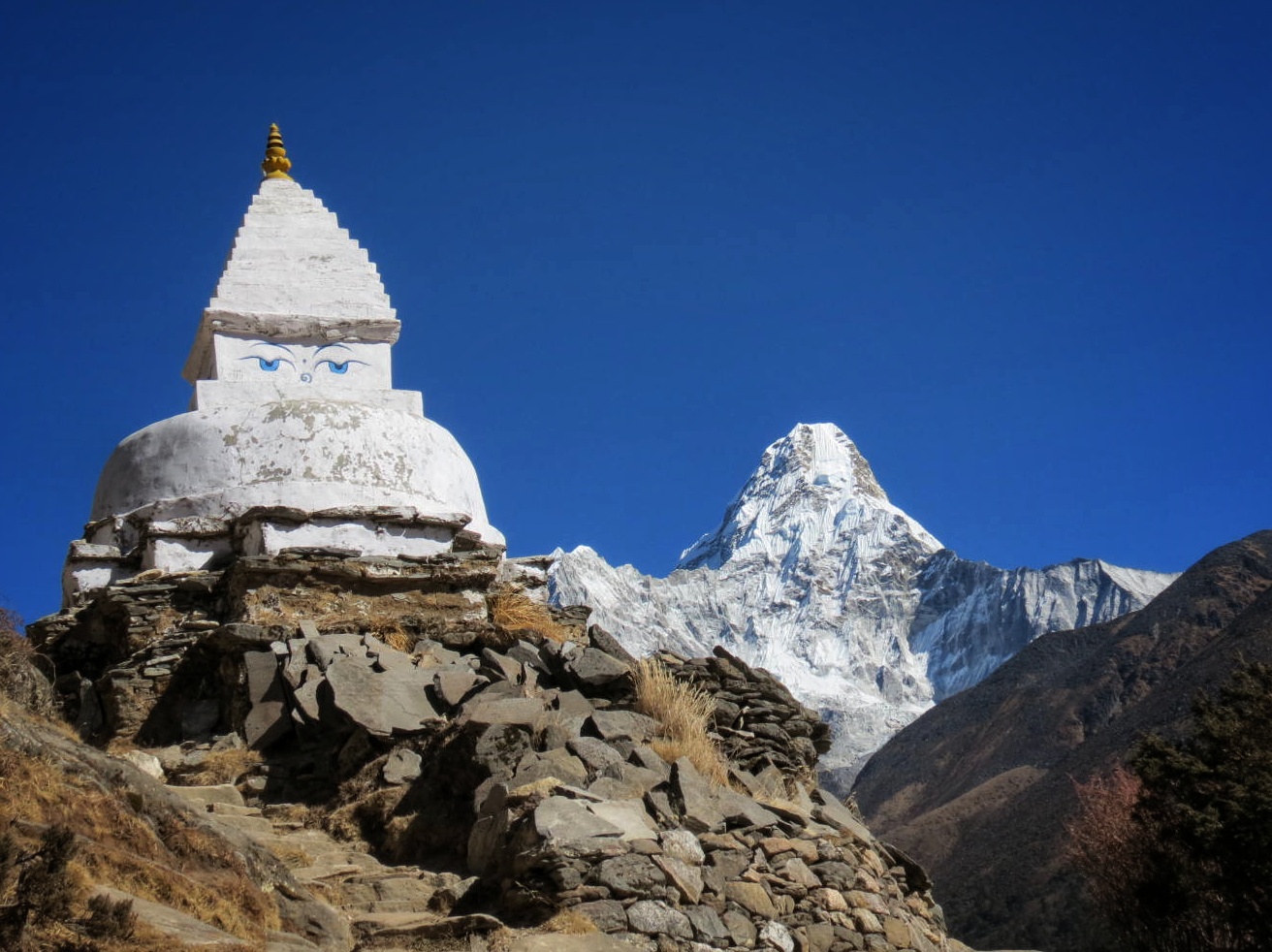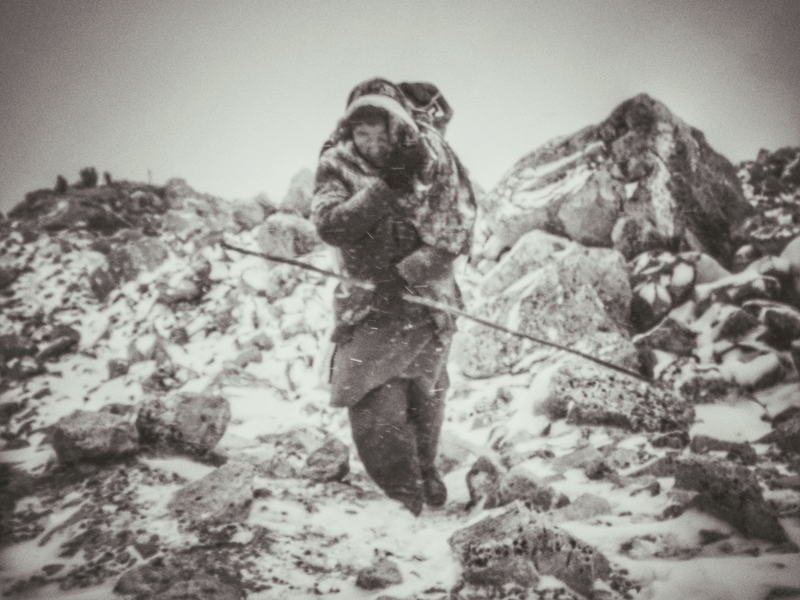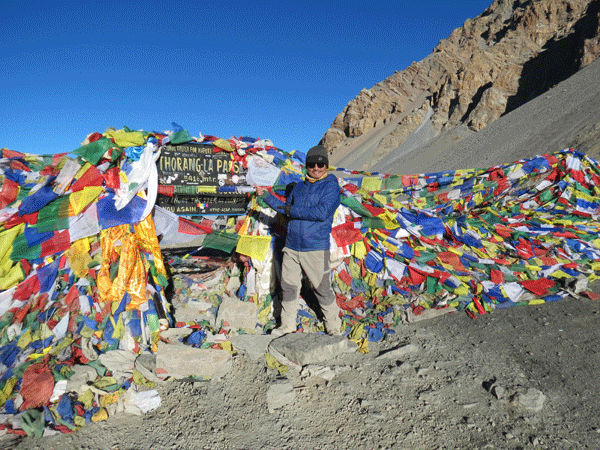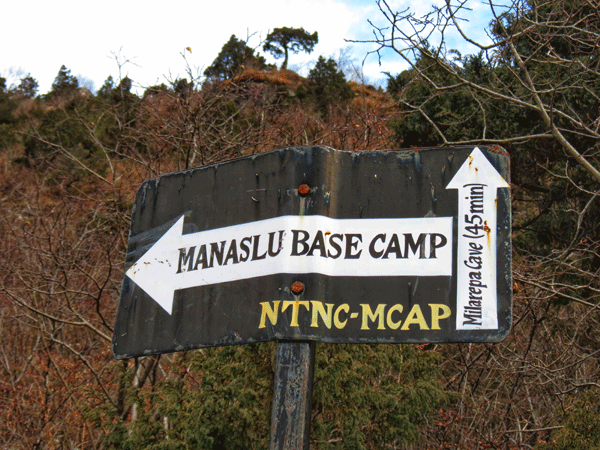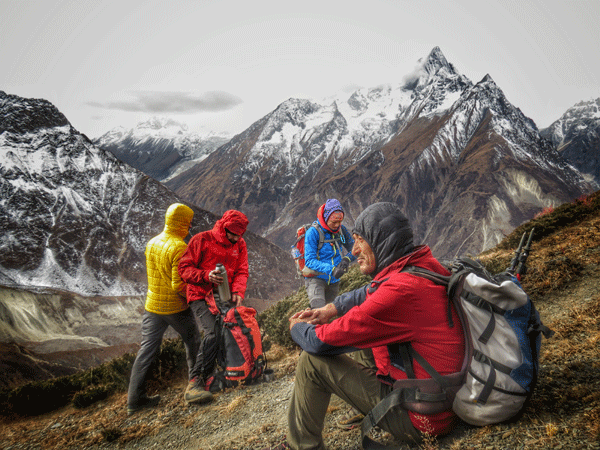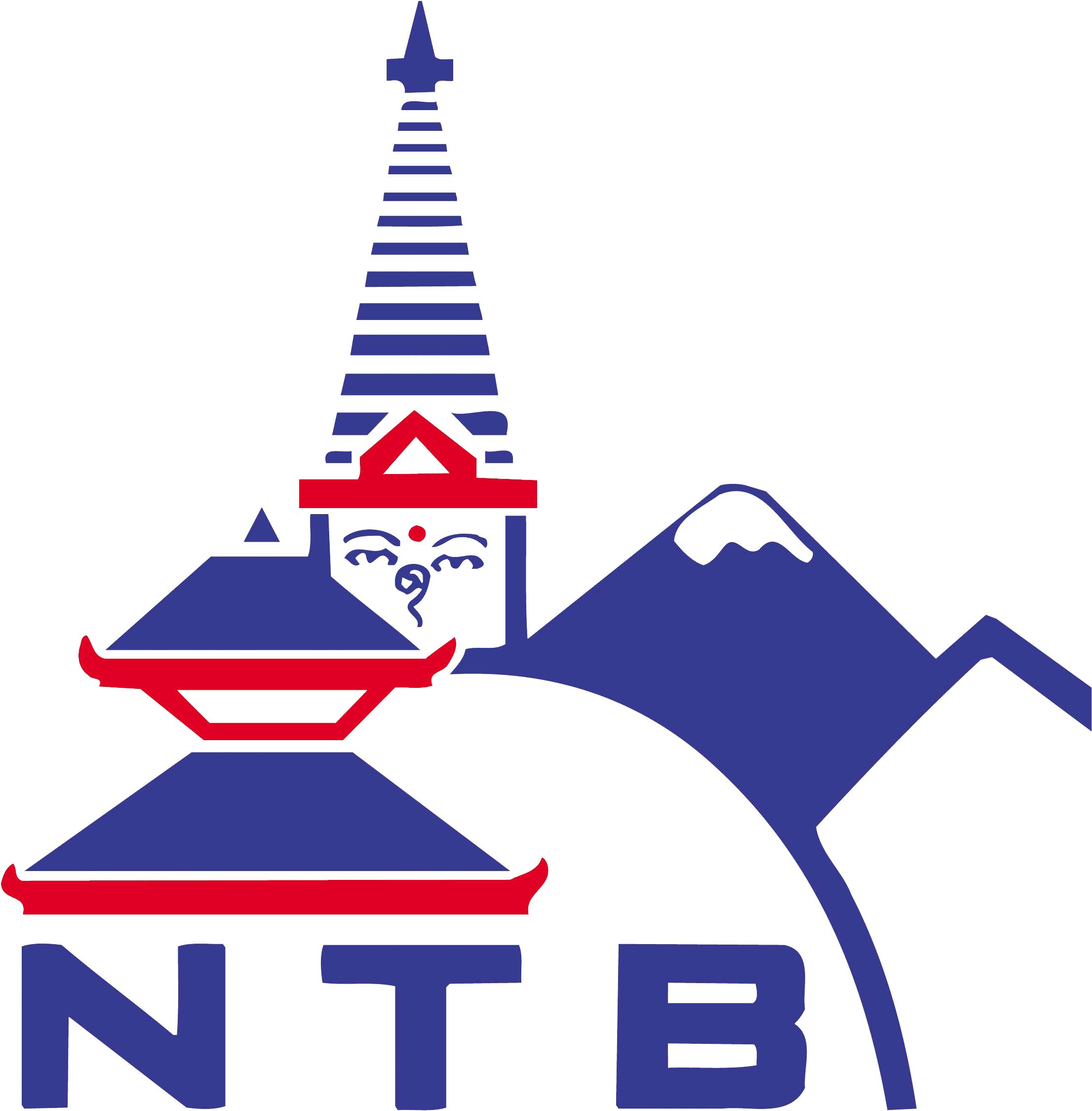In the highlands of the Himalaya, placed alongside lonely trails, or nestled on high grounds above villages or on ridgelines and cols, or over spiritual sites, you will come across Buddhist structures graced with colourful prayer flags and every so often with towers of mani stones, engraved with mantras, nearby. Long after your visit, the simple and occasionally worn-out structure of a Tibetan Buddhist Chorten (stupa) will no doubt feature continuously in your memories and adorn many of your holiday snaps of the region. You may be curious of their significant and purpose. Called Stupa in Sanskrit, Caitya in Nepali, Cibha in Newari and Chorten in Tibetan - read on to find out a little about theses captivating religious monuments.
During pre-Buddhism period, stupas where simply mould of earth and stones – tumuli to bury important kings away from the village. Sanskrit scholars translate ‘stup’ to a topknot of hair which was later used to express ‘a pile of heap’. But with the rise of Buddhism, a change came about in the ways stupas were regarded.
Since the 6th Century BCE, over two millennia, Buddhism has shaped the cultures of South Asia, South-East Asia, Central Asia and East Asia. From its early inception in the primeval Indian Kingdom of Magadha to the Maurya Empire, the ancient Bactria and Gandhara. From Sri Lanka and Myanmar to Vietnam, Thailand, Cambodia and Laos, and via the Silk Road into China, Korea and Japan; each region had their own ways of representation of Buddha, the Shakyamuni Bodhisattva. But the iconic representation of Buddha and his teachings, as an architectural depiction of the entire Buddhist path that of the enlightenment of the body, speech and mind – in the shape of an impassable structure are found on all territories.
On his death, Buddha requested that his relics be placed in, now recognisable dome-shaped, stupa located at four corners, to remind people of the awakened state of mind and that they too hold the seed of enlightenment. The stupas evolved from being shrines for the dead and into monuments to honour the livings and for people to connect with the Buddhadharma. Housing important relics, offerings and prayers, today stupas represent the Shakyamuni Buddha and is the religious focal site for the people in the neighbouring landscape.
Since the very early days, stupas were placed with scripts of ‘dharani’ (energizing prayers for speech, creeds and mantras) and numerous offerings of precious objects and images. An obelisk shaped pillar made from a special tree is placed on the centre of the stupa, and is blessed as the Tree of Life and represents the spine of the structure. The vertical shape of the stupa represents Buddha meditating in a lotus-position, sitting upon a square throne. Construction of a stupa is considered as extremely karmic act, leading to fortunate rebirths and quick attainment of Enlighten state.
Up in the Himalaya, Chorten, meaning a receptacle for offerings, mark the access to Tibetan villages, bejewel prominent religious locations, pronounce high passes and cols, and line along remote trails and heedful topographies. The chortens in Nepal typically have the ‘all-seeing eyes’ of Buddha painted near the top, looking at four directions. Often, these structures are small, worn-out by the harsh Himalayan elements and strung with colourful fluttering prayer flags. By their thousands, they add a fascinating texture to the mountain scenery and transform the remote and rugged wilderness into promises of shelters, protections and well-beings. Chortens are intended to stop you in your track, for you to offer some prayers and receive blessings as you walk around the fascinating religious structure on a clock-wise direction.
